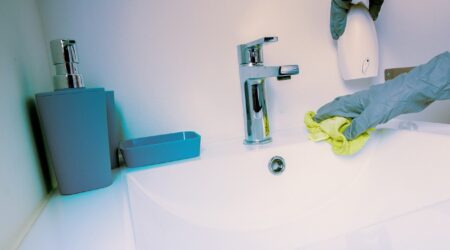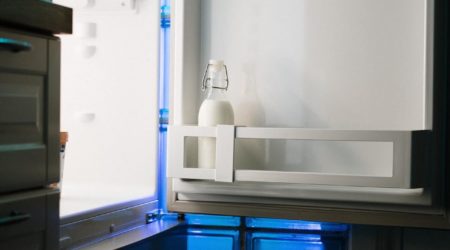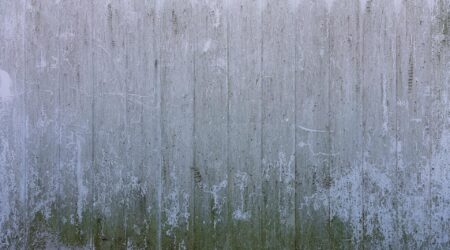How To Remove Mold From Plastic Toys (Easy Tips!)
As parents, you have the major responsibility to attend to your children and keep them safe, especially when they’re playing.
One minute, your kids could just be playing with toys, then the next, they’re already placing the toys in their mouths.
Besides the danger of ingesting small toy parts, your children could also fall ill from dirty plastic toys.
Since children touch a lot of things before they hold their toys, the bacteria in their hands transfer to the latter. This causes the germs to spread.
And when your little ones place the plastic toys in their mouth, the pathogenic bacteria is now in their system.
If you can’t prevent your kids from playing with their toys, your next best course of action is to keep these things clean.
This guide will provide you with a comprehensive guide on how to remove mold from plastic toys.
Cleaning Bath Toys With Vinegar
Plastic bath toys can facilitate mold growth because they are always in contact with water. Apart from this, they are also in a warm environment which molds like.
Hence, it won’t take many baths before your children’s toys become moldy.
One way to keep plastic toys clean is by washing them with white vinegar. Here’s how to clean bath toys with vinegar.
- Create a vinegar solution composed of 1 part white vinegar and 1 part water.
- Place the toys in the solution. Make sure that they’re completely soaked.
- Let the toys sit in the vinegar solution for about an hour.
- Scrub the outer surface of the bath toys using a sponge or soft brush.
- Rinse with clean water.
- Let the toys dry naturally or use a fan to hasten the drying process.
Although white vinegar can kill a few bacterial species, it’s not potent enough to kill all of them.
Hence, you still need to disinfect your children’s toys to eradicate infectious bacteria, molds, and viruses.
Cleaning Bath Toys With Bleach
Using diluted bleach is another effective way to get rid of bacteria and mold growth on your kids’ bath toys. Here’s how:
- Add 1/2 cup of bleach to a gallon of warm water and mix well.
- Submerge the toys in the solution and leave them there for 10-15 minutes.
- Next, gently scrub the external surface of the toys with a sponge.
- Don’t forget to wash the inside of bath toys.
- Lastly, rinse and air-dry.
How To Clean Mold Inside Bath Toys
Dirty bath water may enter squeaky toys or toys will hollow spaces. When left for a long time, the standing water may smell and promote mold growth.
In case this happens, follow these steps on how to clean mold inside your children’s toys.
- Press the squeaky toy and submerge it in vinegar or bleach solution. While it’s under the solution, release the pressure. This should suck up enough liquid to wet the inside of the bath toy thoroughly.
- Shake the toy so that the solution circulates inside.
- You can let the solution sit for a few minutes before squeezing the water out.
- Completely drain the inside of the bath toy and let it dry.
How to Safely Clean Plastic
Plastic is a durable material for toys, but it’s not resistant to scratches, discoloration, and other forms of damage.
That’s why you should know how to clean plastic without scratching the material.
Here are some reminders to take note of when cleaning plastic toys.
- Do not use hydrogen peroxide or alcohol to clean painted plastic toys as these chemicals act as paint solvents.
- If you have a battery-operated toy, do not submerge it in a liquid solution. This can damage the wires and corrode the metal parts of the toy. Also, never use a blower to dry such toys since applying heat may fry the toy’s internal components.
- Do not use a hard-bristled brush to scrub a plastic toy. Use a sponge or a nylon brush instead.
How to Store Bath Toys Properly
Proper storage of bath toys is a crucial part of preventing mold growth. Since molds prefer moist and warm areas, you should avoid keeping the toys in such environments.
Rather, you should ensure that the toys are completely dry before putting them in storage.
You can organize them in racks so that the water inside can drain. It’s also ideal that you keep the toys in a well-ventilated area to avoid moisture.
Sealing bath toys is a big no-no, especially if they are still wet.
That’s because the leftover water may evaporate and become steam under warm conditions. In turn, this creates a viable condition for mold growth.
Conclusion
Kids’ toys, big or small, can be home to millions of disease-causing bacteria, viruses, and fungi.
These germs can bring about health problems such as allergy, asthma, and fever.
Thus, regular cleaning and maintenance of these things are paramount to the safety and health of your little ones.
Make it a habit to clean your children’s toys so that they can enjoy playing and you can obtain peace of mind.
Find more useful guides and how to’s on MaidFeed.com, your everyday cleaning guide.







